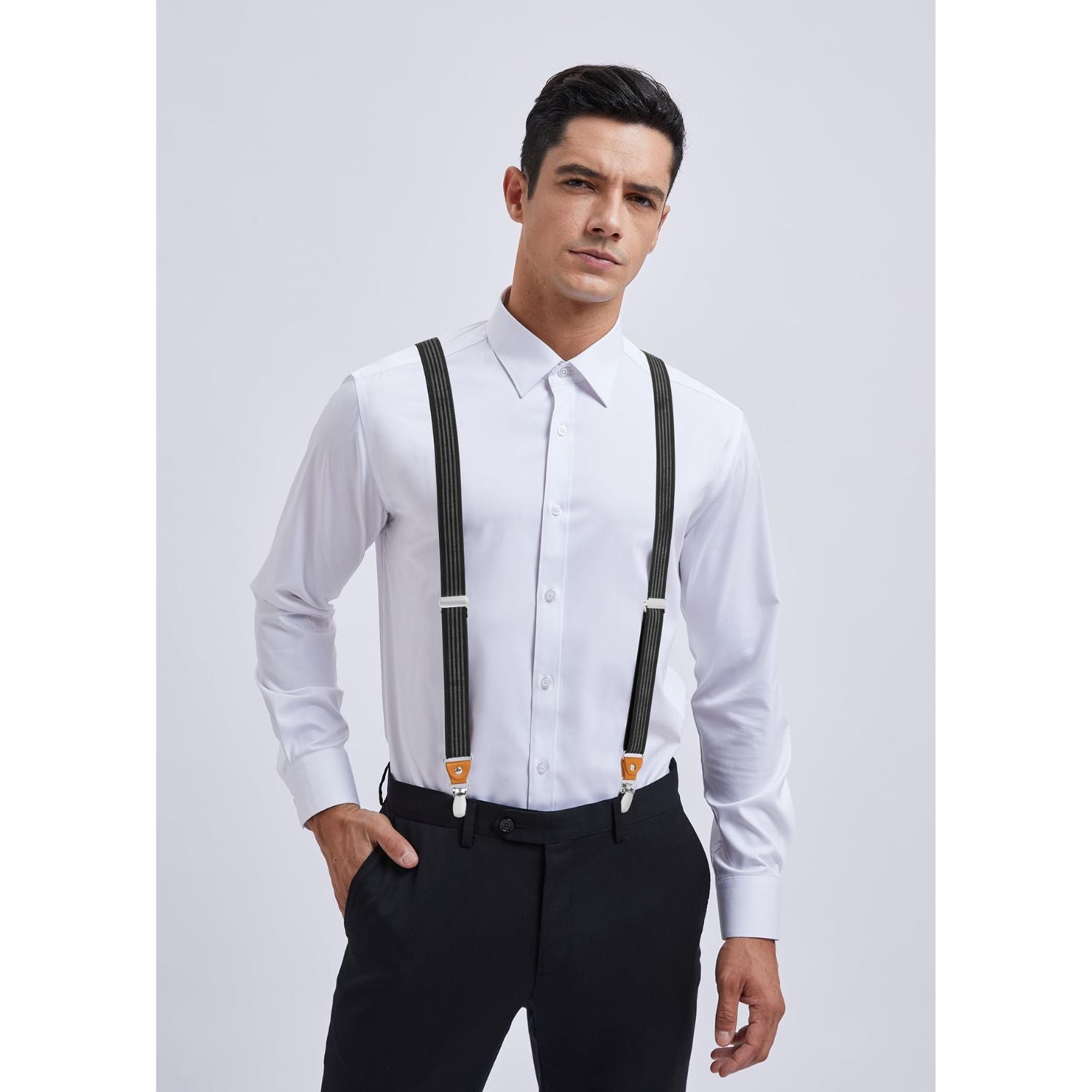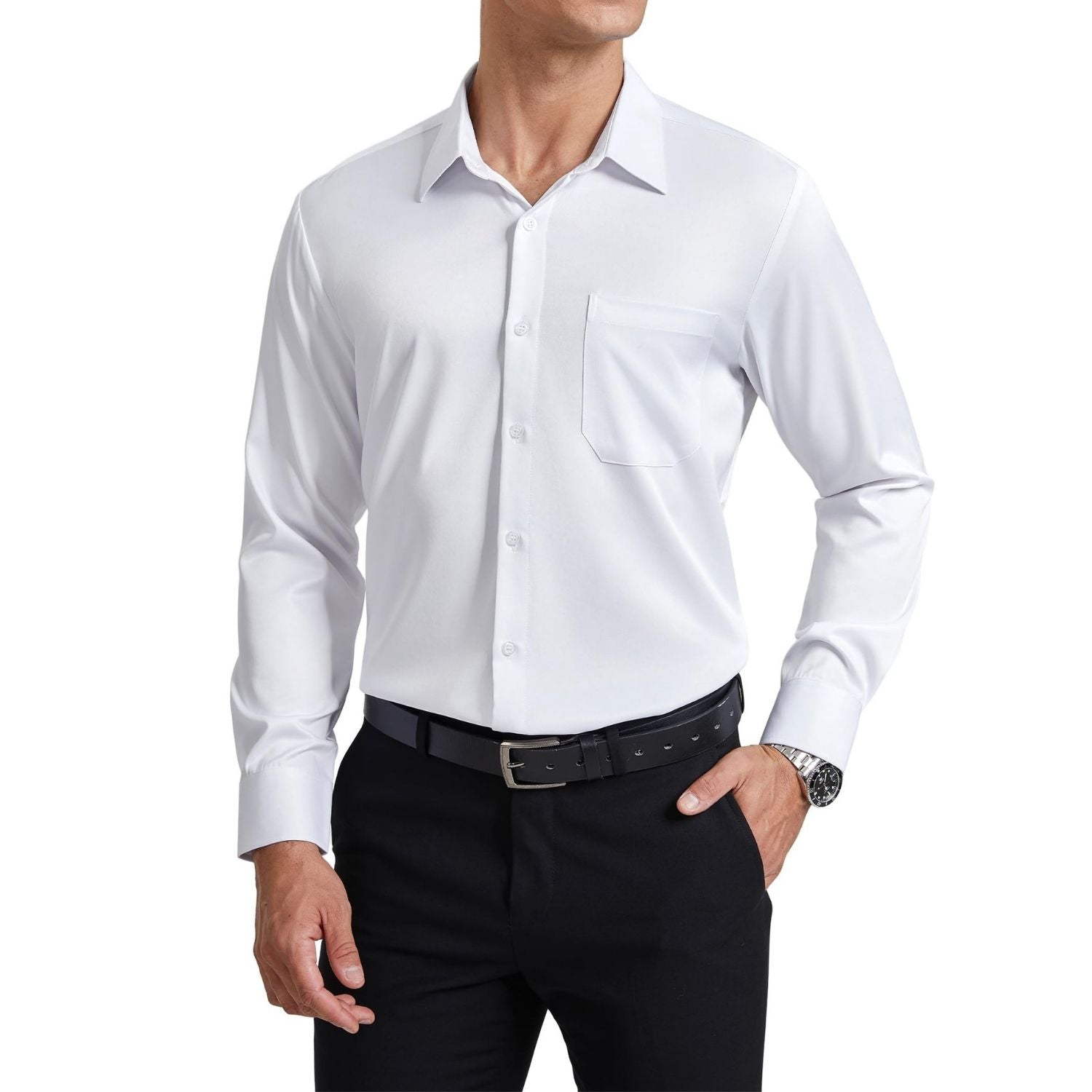How to convey confidence and competence through your style choices

People create clothes, but clothes do not determine people.
“Having a confident mindset is key to becoming a great leader,” says Liana Chaouli, founder of Image Therapists International. “The clothes a person wears only magnify the image of the leader who wears them.”
With this in mind, there are three key characteristics your colleagues and subordinates will look for when evaluating you.
First, you need to dress with confidence. Understand that you have the knowledge, skills and experience to fit your position. Lifting your chin, standing straight, and looking someone in the eye with ease and confidence is the best image you can project.
Carefully chosen clothing will reflect your power to connect with others.
Body structure

“Don’t just follow the crowd. We look to leaders to convey subtle messages. For male leaders, I recommend thinking of harmony as an expected emotion when choosing a suit. My advice is to take the color of your eyes. And darken it as much as possible. For example, a man with blue eyes would wear dark navy and a man with green eyes would wear dark teal or emerald green. I call this concept wearing 'your personal black'. The goal is to enhance your style while keeping it as neutral and classic as possible,” explains Liana Chaouli.
You also need to consider the cut and lines of the suit. To do this, you need to consider your body structure.
If you have a thicker midsection, your goal is to minimize the girth around your midsection by not drawing attention to it. Don’t wear a belt that doesn’t match the color scheme of your overall look. If you wear a light brown belt with navy blue pants, the color contrast will draw attention to your midsection, which you don't want.
"Men with a bit of a belly might want to consider a three-piece suit, which stretches the length of the suit without being cut off at the widest point," Chaouli explains further. "Slim men should consider an Italian-fit suit, which is significantly slimmer than a traditional cut."
For men with a slim build but sloping shoulders, consider having shoulder pads built into the jacket to accentuate the "V" shape of the torso. This creates a greater physical presence and strength rather than being viewed as a weakness by others.
“Once you’ve figured out your body structure, you have to remember age appropriateness. There’s a difference between having an established sense of style and following trends. Leaders are established in their own right; have a clear sense of personal style Understanding is the key to success,” Chaouli added.
Jewelry and Accessories

When it comes to accessories, Chaouli details what she’s learned from her own experience: “Blings, status symbols and logos distract from leadership because you no longer focus on the men but on the brand they are wearing. I mean, don’t let the clothes get to you before you do.’ The focus should be on the person wearing the clothes, not the clothes on the person. However, certain combinations can help you stand out while maintaining a classic look. A nice piece A watch with a nice shine and shine can attract positive attention in the form of compliments. This is the same as the style of your eyeglass frames or wearing two-toned shoes that complement your outfit.”
Overreliance on jewelry or flashy colors as status symbols may be perceived as seeking attention. This may reduce your status and status among your colleagues and subordinates.
Most importantly, use accessories to accentuate your look, but don't overdo it. When in doubt, leave it out.
Books and their covers
While you can't judge a book by its cover, you can grab a reader's attention by its pleasing appearance. This visual will entice you to look further and open the book. Without this, the book would not have been discovered.
By taking control of your appearance and attire to convey the power of your position, you are creating a visual identity of yourself that conveys confidence, skill, and competence. A visual representation of yourself within this framework demonstrates the value you bring. This is how personal branding works.
But it's important that you don't fall into the trap of focusing solely on appearance. If you do, you run the risk of becoming an empty suit.






























